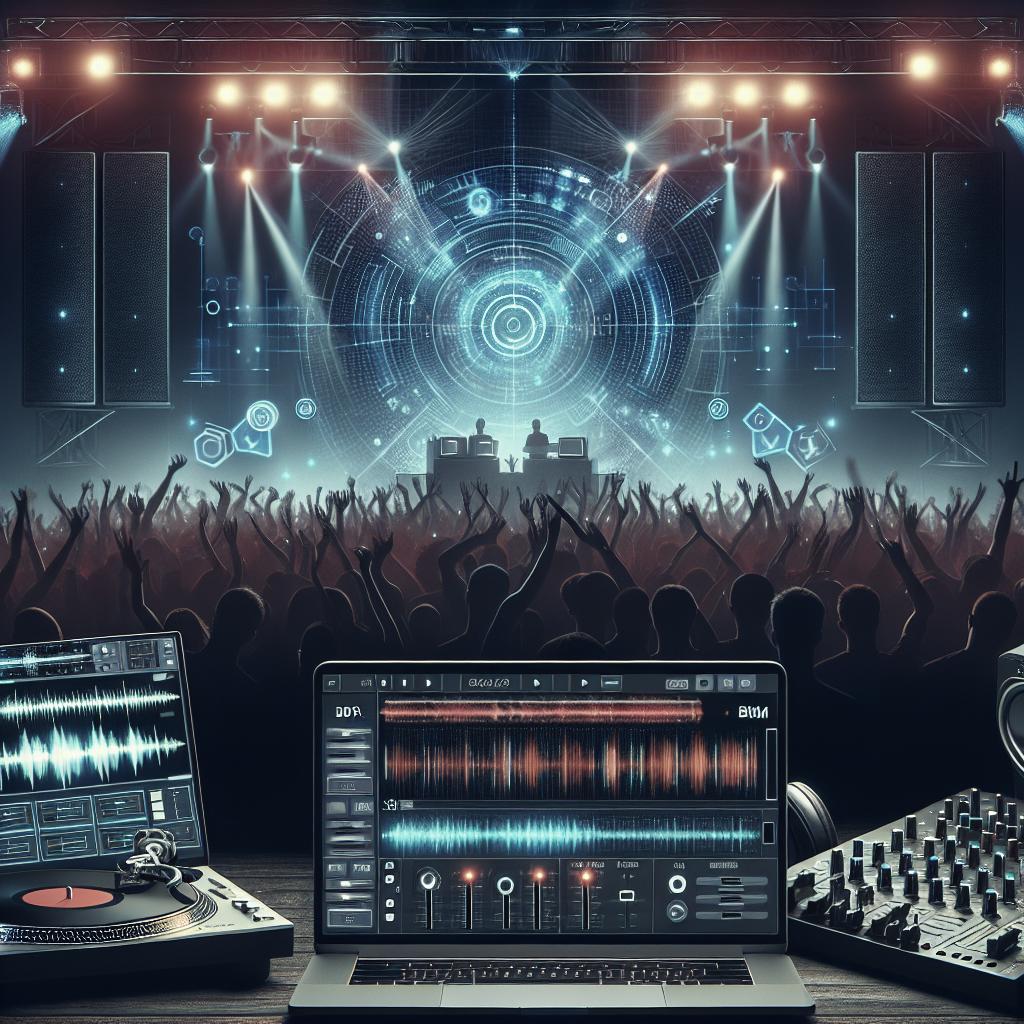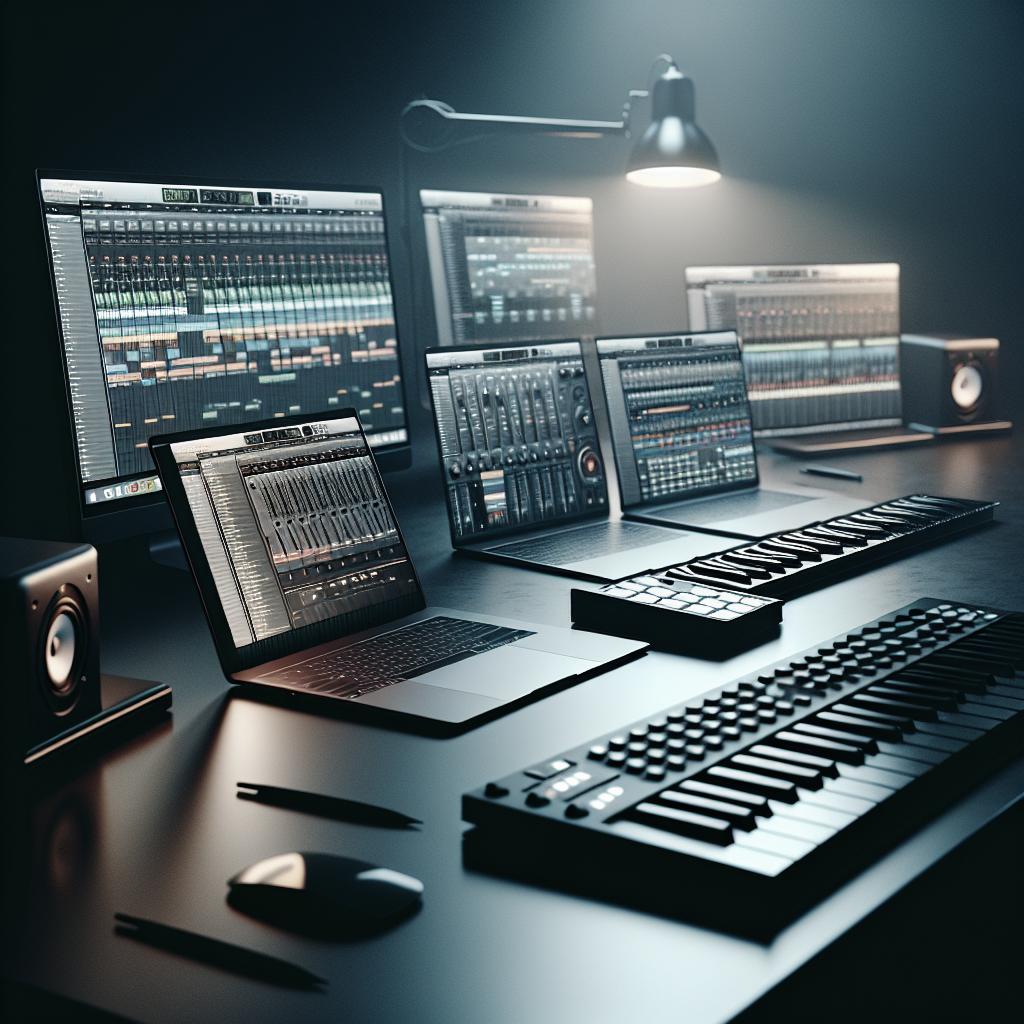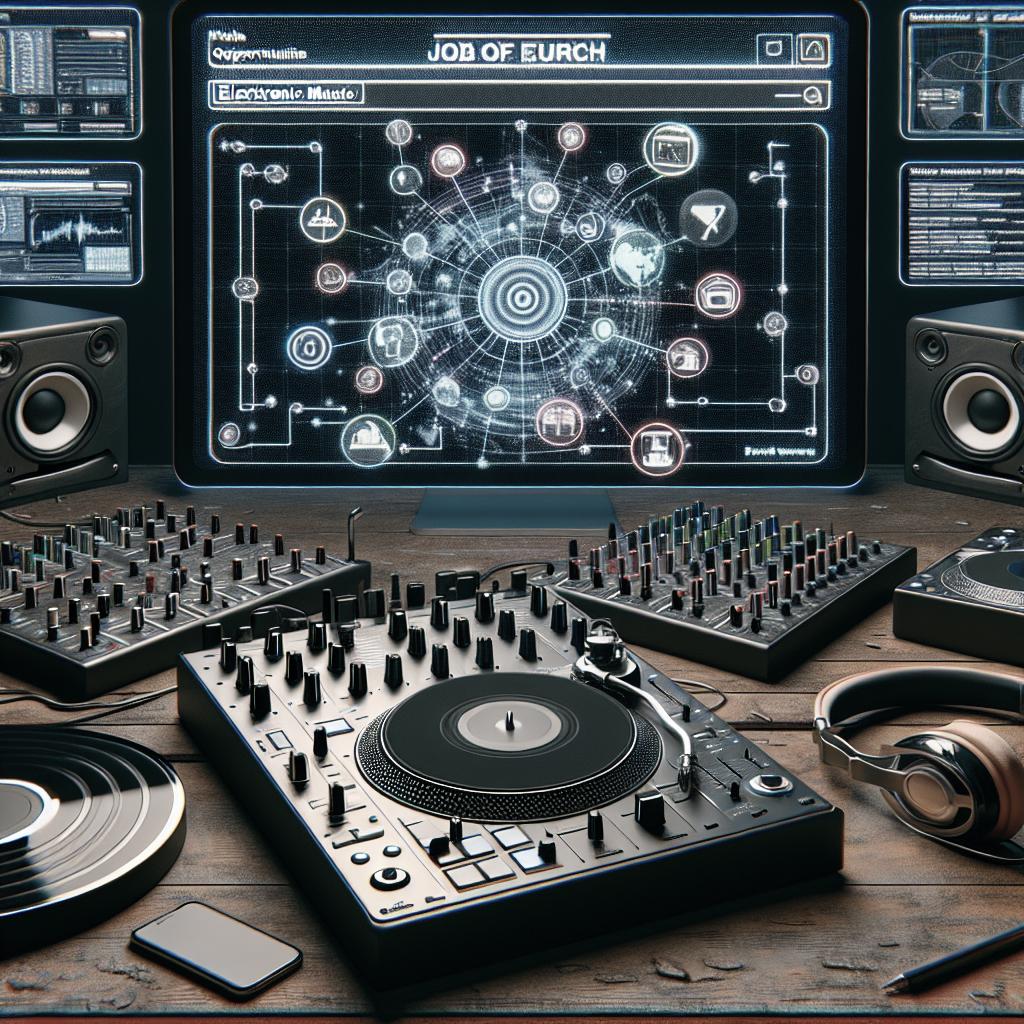<>
Analyzing electronic music tracks is a multifaceted process that involves deep listening, technical know-how, and creative intuition. Whether you’re a budding producer or an avid fan aiming to understand the intricacies of your favorite tunes, knowing how to dissect a track can significantly enhance your appreciation and skills. This blog post will guide you through the process of analyzing electronic music tracks using specific subheadings for a comprehensive approach. From self-assessment to advanced techniques in Ableton Live, you’ll learn what to focus on, how to program drums, ways to use reverb effectively, and the benefits of audio resampling in your projects.
Self-Assessment
Before diving into the technical aspects of analyzing electronic music, it’s crucial to assess your current skill level and knowledge. Self-assessment helps you set realistic goals and allows you to focus on specific areas for improvement. Start by asking yourself a few questions: What genres are you most familiar with? How proficient are you in using Digital Audio Workstations (DAWs) like Ableton Live? Have you got any background in music theory? Understanding your strengths and weaknesses is essential because it provides a roadmap for your learning journey. If you’re a beginner, you may want to focus on fundamental concepts like beat-making and sound design. On the other hand, if you’ve been producing for a while, you can delve deeper into more advanced techniques such as audio manipulation and intricate effect processing. A thorough self-assessment is the first step towards becoming proficient in analyzing and creating electronic music.
Identify Strengths
Once you’ve completed your self-assessment, the next step is to identify your strengths. Are you particularly good at recognizing different instruments in a mix? Or perhaps you have a knack for understanding rhythmic structures and patterns? Knowing what you excel at can help you focus your analytical efforts more effectively. For example, if you are proficient in drum programming, you can analyze how different tracks incorporate varying rhythmic elements. Understanding your strengths can also enable you to branch out and diversify your skill set. If you’re already good at sound design, consider looking into how other producers create their signature sounds. This targeted analysis can help you become a more versatile producer. In addition, recognizing your strengths can boost your confidence, allowing you to tackle more complex tracks with ease. Being aware of what you’re good at not only streamlines the analytical process but also keeps you motivated to continue learning and growing.
What to Focus On
When analyzing electronic music tracks, there are several critical elements to focus on. Each of these elements contributes to the overall sound and feel of the track. The primary components to consider are melody, harmony, rhythm, and texture. Melody and harmony form the backbone of any song. Pay close attention to how melodic elements are introduced and developed throughout a track. Are they repetitive or constantly evolving? How do they interact with the harmonic structures? Rhythm, however, is arguably the most crucial element in electronic music. Take note of the tempo, time signatures, and syncopation. How do these rhythmic patterns drive the energy of the track? What techniques are employed to keep the listener engaged? Lastly, texture and sound design play significant roles in defining the unique characteristics of a track. Analyze how different sounds and samples are layered to create a rich, immersive listening experience. Focusing on these core components enables you to dissect a track holistically and understand the producer’s creative process.
101 Creative Ways in Ableton Live
Ableton Live is a powerful DAW that offers endless possibilities for creativity. One way to start analyzing tracks is by recreating them within Ableton Live. This hands-on approach allows you to gain a deeper understanding of the song’s structure and the techniques used to create specific sounds. Experiment with different audio effects and automation. Ableton Live’s vast array of built-in tools can help you deconstruct and reconstruct tracks, offering you new perspectives on production techniques. For example, manipulating MIDI clips and using Max for Live devices can reveal how complex chord progressions and rhythmic patterns are formed. Another creative way to analyze tracks in Ableton Live is by using its powerful sampling capabilities. You can import sections of a track, loop them, and experiment with different audio effects to see how the original sound can be transformed. This hands-on experimentation can lead to new creative insights and ideas for your own productions.
Drum Programming
Drum programming is a critical aspect of electronic music and requires both creativity and technical skill. Start by identifying the core elements of the drum pattern. Most electronic tracks have a kick, snare, hi-hat, and various percussion elements. Listen to how these elements interact and complement each other. Once you’ve identified the core elements, pay attention to the nuances. Notice the subtle variations in velocity, timing, and placement that give the drum pattern its unique feel. For instance, a slight delay on the snare or a change in hi-hat velocity can add groove and dynamics to the rhythm. Another important aspect of drum programming is layering. Producers often layer multiple drum sounds to create a fuller, richer sound. Analyze how different drum sounds are layered and processed. Understanding these techniques can help you create more compelling and dynamic drum patterns in your own productions.
10 Ways of Reverb
Reverb is a powerful tool that adds depth and space to a mix. When analyzing a track, pay attention to how reverb is used on different elements. Is the reverb short and snappy, or long and lush? How does it affect the overall atmosphere of the track? One way to study reverb is by isolating individual elements. Focus on how reverb is applied to the vocals, drums, and synths. For example, a common technique is to use a short reverb on drums to add a sense of space without muddying the mix, while a longer reverb can be used on vocals to create an ethereal, otherworldly feel. Experiment with different reverb settings in your own productions. Try varying the decay time, size, and pre-delay to see how these changes affect the sound. Analyzing different reverb techniques can give you new creative ideas and help you develop your unique sound.
Audio Resampling in Ableton Live
Audio resampling is a powerful technique that can add a unique texture and character to your tracks. In Ableton Live, you can resample audio by recording a segment of your project and manipulating it using various effects. This process can create entirely new sounds and add an extra layer of depth to your productions. Start by selecting a section of your track that you want to resample. It could be a drum loop, a vocal line, or a synth melody. Record this section into a new audio track and experiment with different effects like time-stretching, pitch-shifting, and filtering. One creative use of resampling is to create custom drum samples. You can take a section of your track, manipulate it, and then slice it into individual drum hits. This process can add a unique, cohesive feel to your drum patterns and make your tracks stand out. Lessons Learned “`
| Section | Key Points |
|---|---|
| Self-Assessment | Assess your current skill level and set realistic goals. |
| Identify Strengths | Recognize your strengths to focus your analytical efforts effectively. |
| What to Focus On | Melody, harmony, rhythm, and texture are key elements to analyze. |
| 101 Creative Ways in Ableton Live | Recreate tracks, experiment with effects and automation, use sampling creatively. |
| Drum Programming | Identify core drum elements, pay attention to nuances, and use layering techniques. |
| 10 Ways of Reverb | Analyze reverb use on different elements, experiment with settings to create depth. |
| Audio Resampling in Ableton Live | Resample audio to create unique textures, use effects for creative sound design. |
“`


